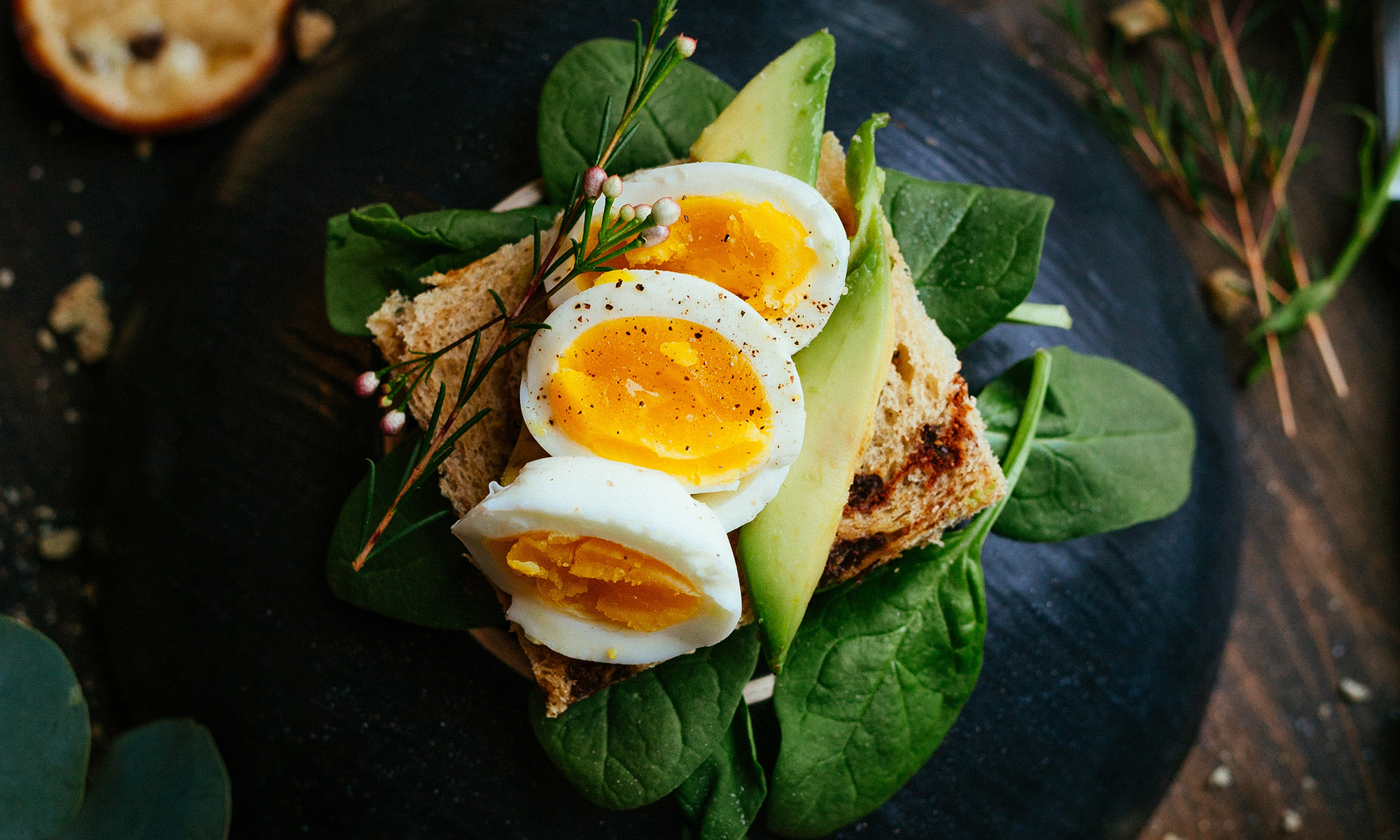My friend Matthew called again the other day in a panic – he had two more boxes from his farm-share, CSA subscription that were now languishing in his refrigerator. He had been sharing the subscription with two other friends, but both were out of town and he was baffled by the bounty.
He brought over his vegetables. Amid the overflowing diversity, I found a 10 pound bag of tomatoes a wee past prime. I began trimming the bad parts from the tomatoes, eyeing the tomatoes on the counter from my garden that also needed attention. Just then, my neighbor showed up outside my window. She brought over a basket of her tomatoes – a thank you for the tomatoes I had shared with her earlier in the season when she had none.
I put a large pot on the stove and started a big batch of tomato sauce. I sautéed garlic in olive oil and then added the tomatoes. I didn’t bother to peel or seed them. Some I didn’t even cut. As they softened from the heat, I crushed them. They cooked down for about 20 minutes, and then I pureed them.
With the base of tomato sauce, and an abundance of eggplant from my garden and the farm-share, I decided to make moussaka.
From the garden: garlic, tomatoes, mint, eggplant
From the CSA box: tomatoes, eggplant
Moussaka
Moussaka is a layered casserole dish with origins in Greece. It reminds me of lasagna with fried eggplant slices instead of pasta.
Eggplant
3 medium sized eggplant
1 tbs. salt
½ cup flour
½ cup olive oil
½ cup grated asiago cheese
Sauce
1 tbs. olive oil
1 onion, peeled and chopped
3 cloves garlic, peeled and chopped
1 pound lamb
1 tsp. cinnamon
½ tsp. dried greek oregano
2 cups tomato sauce
Salt and pepper
2 tbs. fresh mint
Besamel Sauce
2 cups milk
2 tbs. butter, room temperature
¼ cup flour
3 eggs
½ tsp. salt
1. Cut the eggplant into ½ inch slices. Sprinkle them with salt and let sit for 20 minutes.
2. Meanwhile, start the sauce…. Heat olive oil in a large pot. Add onions and garlic and cook until they start to soften, about 3 minutes. Add the lamb, salt and pepper. With a spoon, break up the lamb. Add the cinnamon, oregano and tomatoes. Continue cooking until the sauce is thick, about 20 minutes. Set aside and stir in the mint.
3. Make the besamel sauce… In a pot, heat 1 ½ cups of milk. In a bowl, whisk eggs with remaining milk. Knead together the flour and butter. Slowly pour in hot milk into egg/milk mixture while whisking vigorously. Return to pot over medium heat. Stir in flour/butter mix and continue cooking until it thickens. Season with salt and remove from heat.
4. Fry eggplant… Brush off excess salt and moisture. Dust slices with flour. Heat a large skillet over high heat. Add the oil. When the oil starts to shimmer, fry the eggplant slices until golden brown on both sides. It may be necessary to cook in several batches. Drain on a paper towel.
5. Assemble the moussaka: in a 9” x 9” pyrex dish, layer half of the eggplant slices on the bottom of the pan. Sprinkle about 1/3 of the cheese on top. Pour sauce on top and spread evenly in the pan. Layer the remaining eggplant on top. Sprinkle another third of the cheese on top of the eggplant. Pour the besamel sauce on top and sprinkle remaining cheese on top of that.
6. Bake at 375 for 30 minutes or until top is golden brown.
